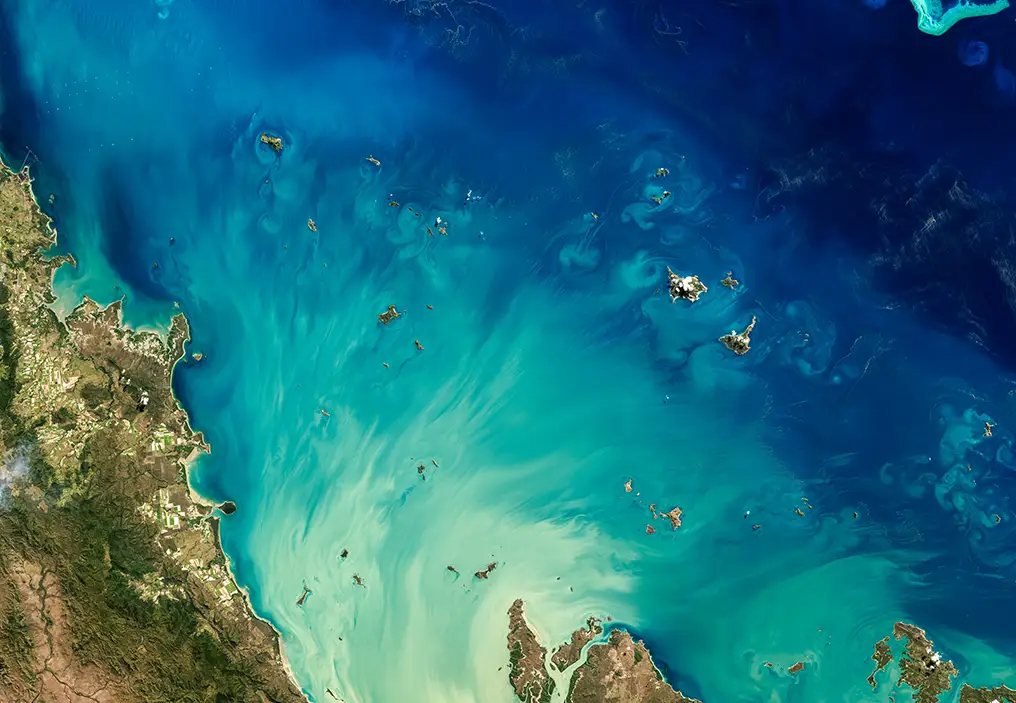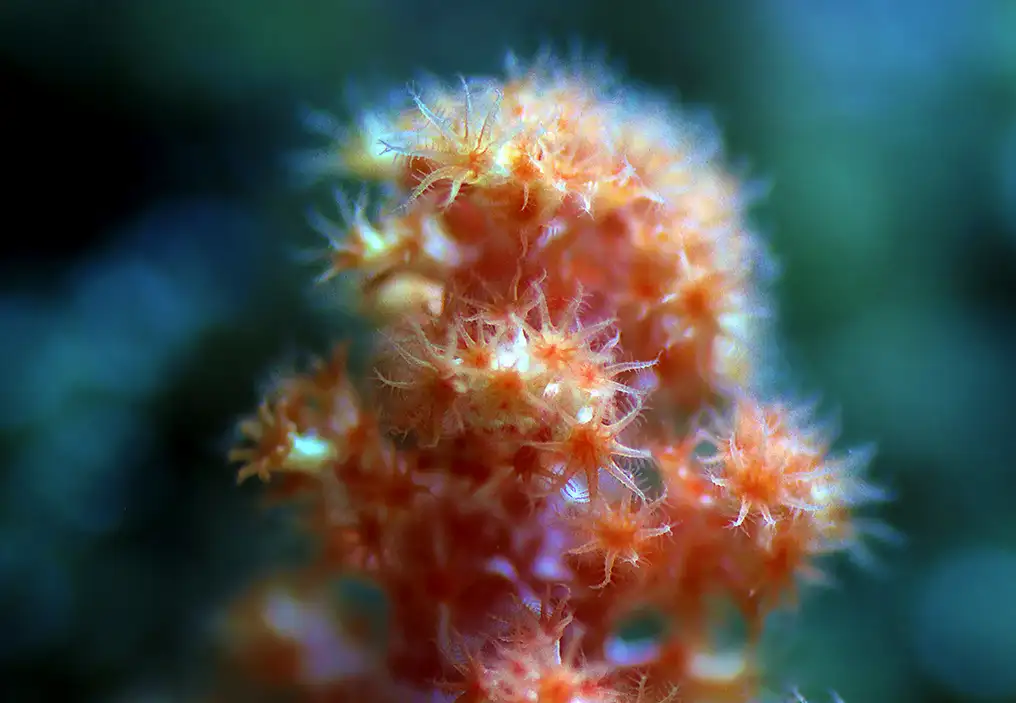
How can we protect nature while thriving alongside it?
The BBC’s Living Legacy series explores this question by looking at places where people and the natural world are deeply connected.
At Ningaloo Reef in Western Australia, whale sharks migrate through waters rich with marine life, leaving behind tiny traces of DNA as they travel.
Through environmental DNA, researchers are gaining a clearer picture of how these animals move, the ecosystems that support them, and the pressures they face. This emerging approach to ocean research offers new opportunities to strengthen conservation, guide local management and protect the world’s largest fish.
Explore how science, communities and nature can grow together in the BBC’s Living Legacy series.
You might also like
Tags
OceanOmics
Marine Life
Marine Conservation
Oceans
Video



